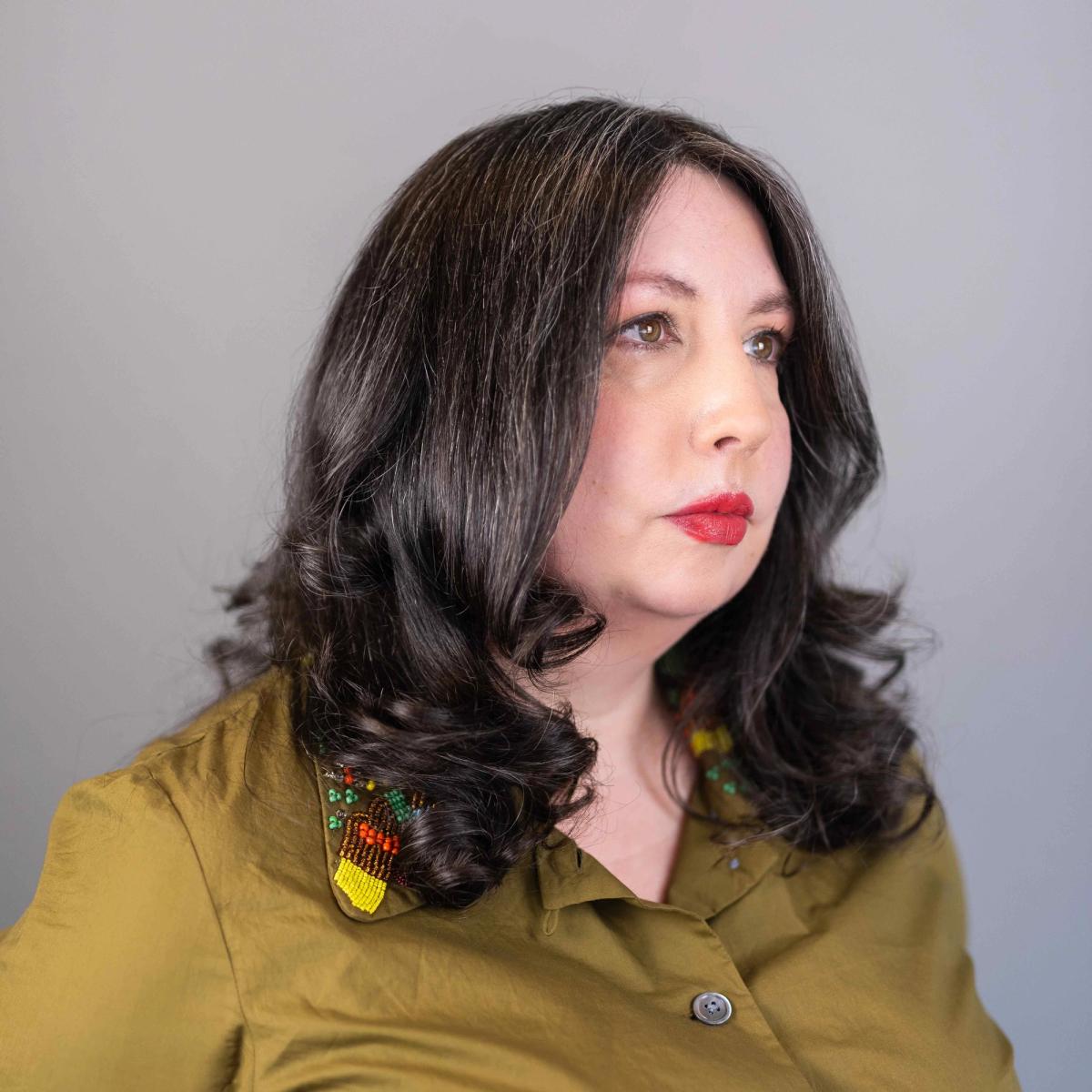The Liverpool Biennial, the largest festival of contemporary art in the UK, has appointed Marie-Anne McQuay as the curator of its 2025 edition. McQuay is based in Liverpool and has a rich history with the city, having served as a head of programme at contemporary arts centre the Bluecoat from 2015 to 2022, where she put on shows by artists including Larissa Sansour, Suki Chan and Jade Montserrat. She arrives as the director of projects at Arts&Heritage—an agency that helps museums and heritage organisations around the country bring contemporary art into their programming—and will return to that role after the biennial.
This is McQuay’s second time working on a major international event of this kind, the first having been in 2019, when she was the guest curator of the Welsh pavilion in Venice. For that show, held in the former church of Santa Maria Ausiliatrice, which is now a school, the artist Sean Edwards reflected on his experience growing up on a council estate in the 1980s with his mother through textiles, film, prints and more.
McQuay’s latest appointment underlines her position as an influential, albeit perhaps lesser known, figure in the UK’s contemporary art scene. Alongside her role at Arts&Heritage she is also a member of Arts Council Collection’s acquisitions committee for 2022-24, which looks to secure works by emerging and overlooked UK-based artists for public display. Prior to her time at the Bluecoat, meanwhile, she served as curator at Spike Island in Bristol, where she collaborated with artists including Haroon Mirza, Elizabeth Price, Laure Prouvost and Sonia Boyce.
Speaking to The Art Newspaper about her appointment, McQuay says: “I'm so excited to undertake this role. I'm interested in how the biennial is part of ongoing civic life, as well as what we can discover each time it unfolds; I think that makes it truly distinctive.”
Her theme for next year’s biennial, and the list of participating artists, will be announced in autumn 2024. On her process, she adds: “As a resident of the city I'll bring a certain amount of lived experience but will also be seeing the city anew and talking with people who live here about what matters to them.
“I want to talk about about how to live with painful histories, about what brings hope, about what has been suppressed or forgotten, and what should be foregrounded. I have time to consciously immerse myself in and respond to the city, which I'm very grateful for.”
Samantha Lackey, the director of Liverpool Biennial said in a statement: “We are thrilled to be welcoming Marie-Anne to the team for Liverpool Biennial 2025. Her longstanding relationship with the city of Liverpool will bring insight and intention to every part of the next festival, re-thinking the city’s changing relationships to the rest of the world.”
The event, which spans exhibitions, talks and community programmes, became the UK's first biennial when it was established in 1998. It is held at multiple venues across the city, which have in the past included institutions such as Tate Liverpool and the Bluecoat, as well as historic buildings Cotton Exchange and Tobacco Warehouse.
A core part of the biennial's mission, according to a statement, is to “create long-lasting impact through the economic investment it brings to the city.” A 2021 study commissioned by the organisers estimated that, despite disruption caused by the Covid-19 pandemic, that year’s edition had brought £1.45m GVA (gross value added) to the city’s economy. In 2018, the study estimated, it generated £2.9m.
The previous two biennials—organised by the curator Manuela Moscoso in 2021 and the artist Khanyisile Mbongwa in 2023—explored Liverpool’s history of colonialism, including its major role in the transatlantic slave trade.


